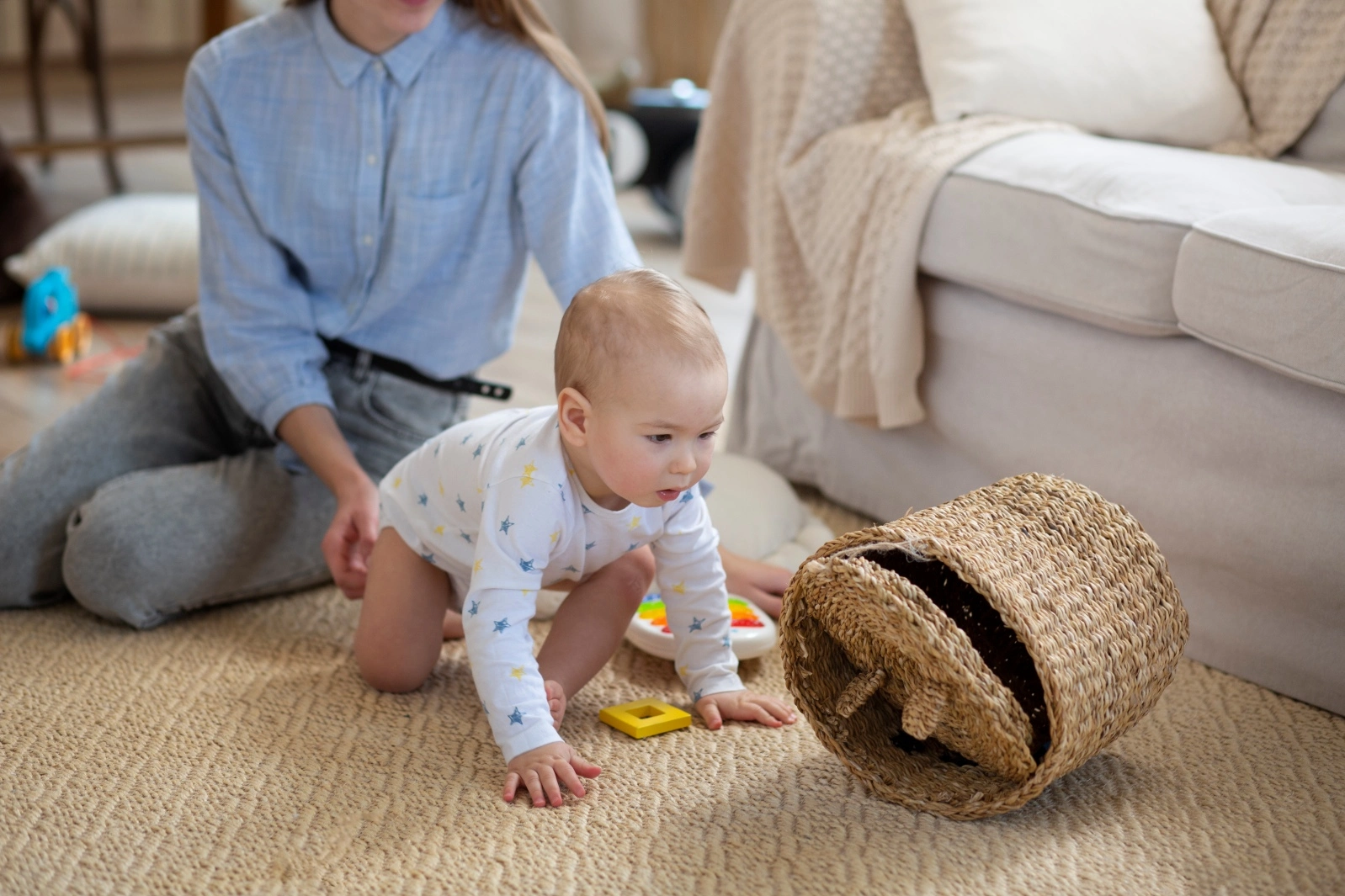Understanding and Coping with Sleep Regression in Children

Sleep is an essential component for the healthy growth, development, and overall well-being of a child. Parents frequently encounter challenges related to their children's sleep, with one of the most common issues being sleep regression - a situation that can be unpleasant for both parents and children. However, understanding its causes and signs can facilitate overcoming and mitigating this problem relatively easily.
WHAT IS SLEEP REGRESSION?
Sleep regression refers to a period during which a child, who previously slept well, suddenly experiences disruptions in their sleep patterns. These disturbances can manifest as frequent awakenings at night, difficulty falling asleep, and shortened sleep periods. While sleep regression is often associated with infants, it can occur at various stages of childhood.
CAUSES OF SLEEP REGRESSION
Several factors can contribute to sleep regression in children:
Periods of rapid development such as learning to walk or talk may disrupt sleep patterns because children become more excited during these times, making it difficult to calm them before bedtime.
Discomfort associated with teething can cause pain and irritation.
Changes in the daily routine (e.g., starting kindergarten, transitioning to a new baby crib) can disrupt the established daily schedule.
Illnesses such as colds, ear infections, or stomach problems, can disrupt sleep due to discomfort and pain.
SIGNS OF SLEEP REGRESSION
Recognizing the signs of sleep regression can help parents better understand their child's behavior and respond accordingly. Signs include:
- Increased nighttime awakenings
- Difficulty falling asleep
- Reduced total sleep time
- Frequent mood swings and irritability
WAYS TO DEAL WITH SLEEP REGRESSION
Before taking immediate action to address the problem independently, it is advisable to consult with your child's pediatrician to first rule out health-related issues.
It is important to adhere strictly to the daily routine. Establishing a bedtime routine can help your child understand that it is time to prepare for sleep. Additionally, expressing warmth and creating a sense of security can be beneficial.
Ensure that the atmosphere in the child's room promotes restful and peaceful sleep. Minimizing noise and distractions allows your child to focus more on sleep.
Remember that sleep regression is a temporary phase in a child's life and try to accept this fact calmly.


